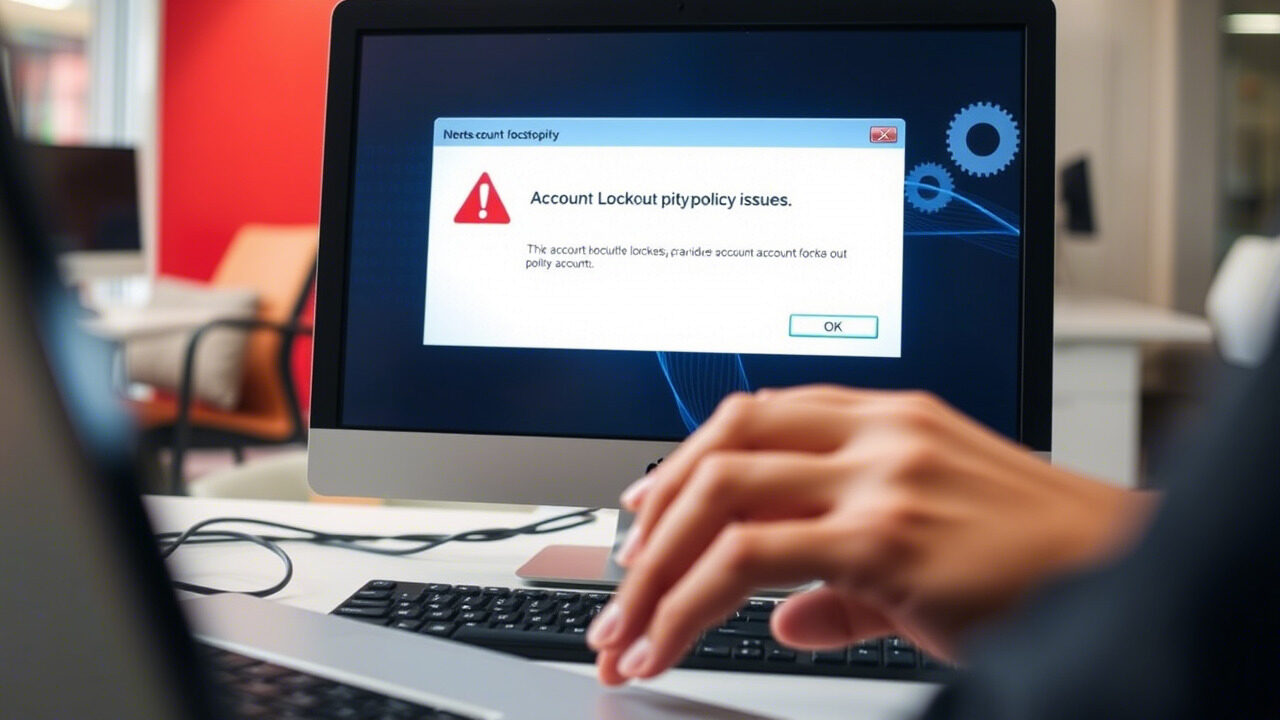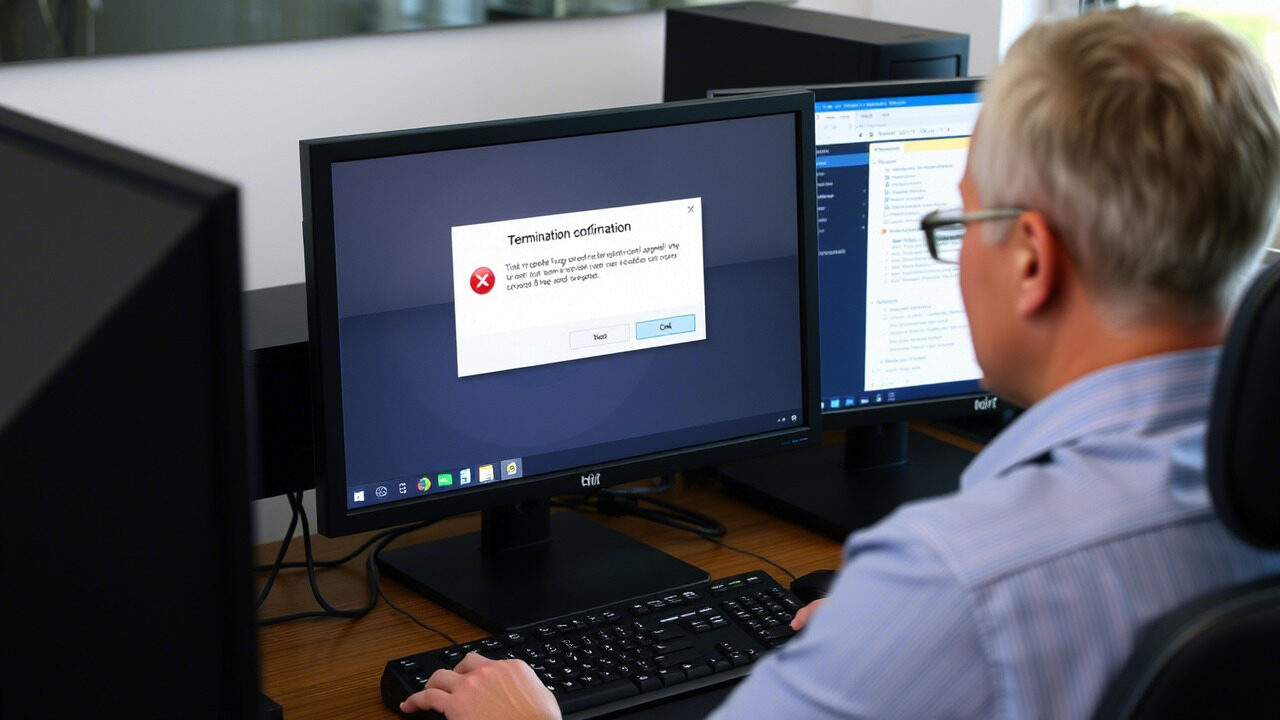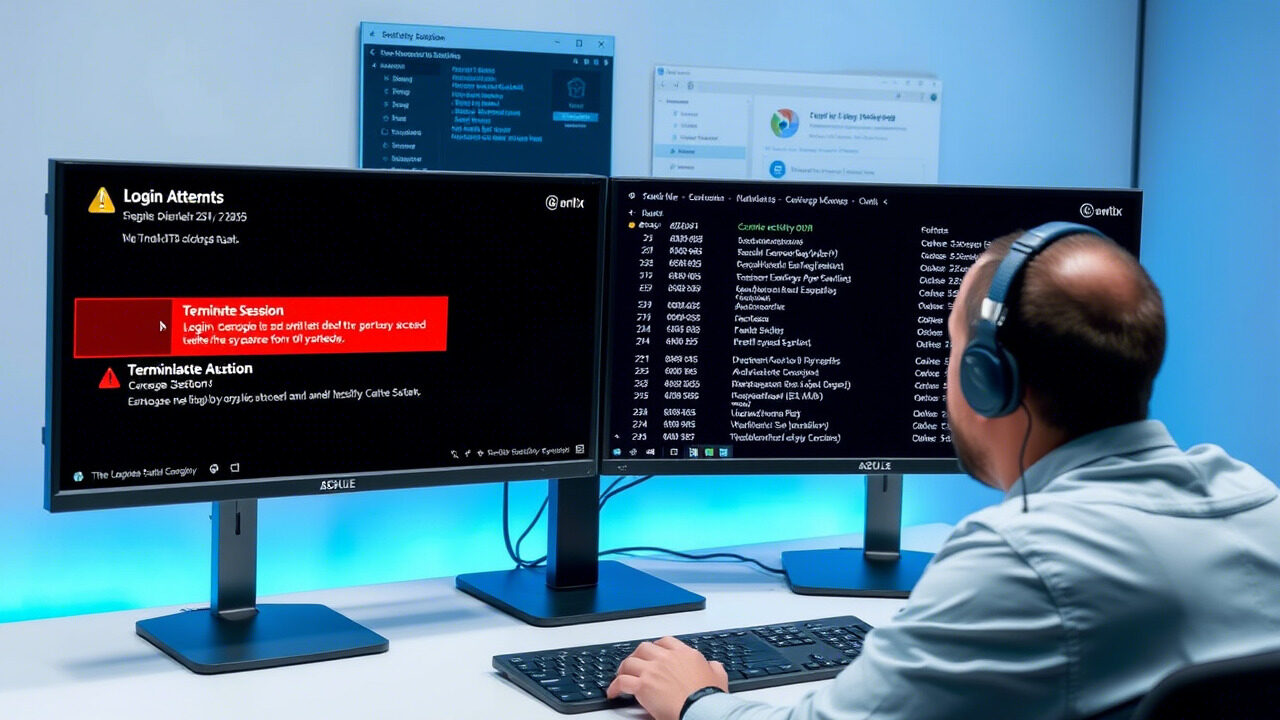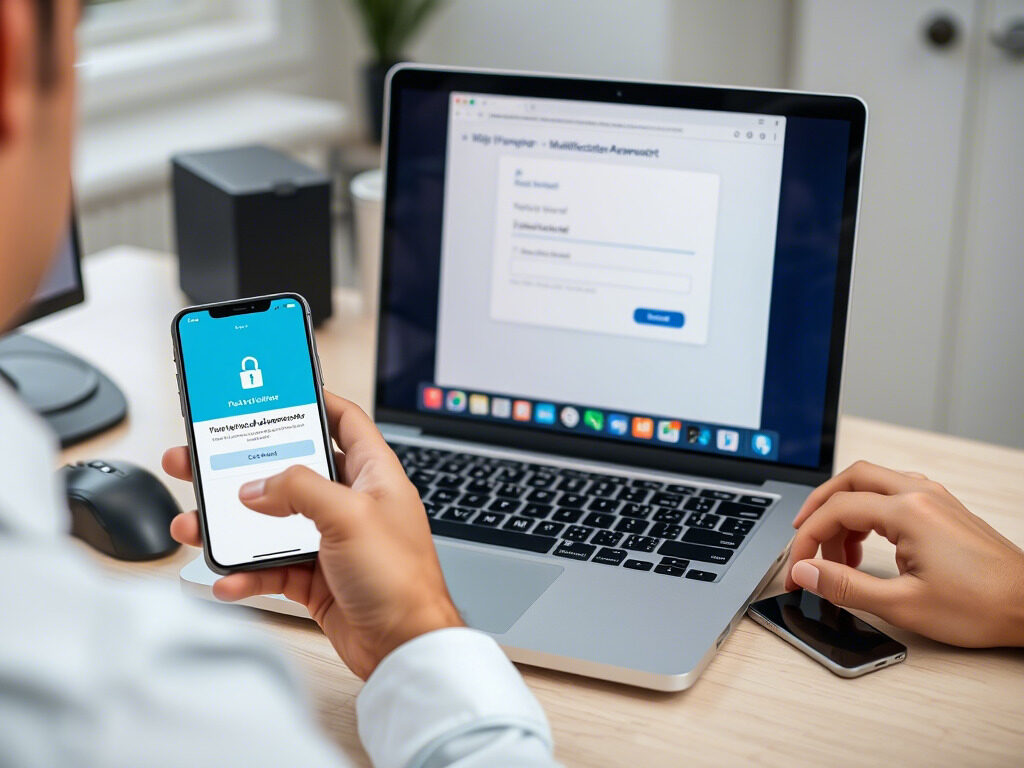Security depends on account lockout policies; these assist stop brute force assaults and illegal access. On the other hand, overly rigorous or misconfigured policies could cause issues for honest users.
This article will show you how to correct problems with the account lockout policy, change settings to lower lockout problems, and find the proper security-user convenience balance.

 What Is an Account Lockout Policy?
What Is an Account Lockout Policy?
A user account is temporarily locked according to an account lockout policy defining how many failed login attempts permitted. It also specifies what causes a reset and how long the account stays locked.
A good policy protects against attacks, but a poorly configured one may:
- Lock out users too quickly
- Cause unnecessary help desk calls
- Disrupt user productivity
 Step 1: Review Current Lockout Settings
Step 1: Review Current Lockout Settings
Start by checking your current lockout settings in your system or directory service (e.g., Active Directory, Windows Group Policy, Linux PAM):
Look for:
- Number of failed login attempts allowed
- Lockout duration
- Reset time for failed attempt count
Typical recommended values:
- 5 failed attempts
- Lockout duration: 15–30 minutes
- Reset counter: after 15 minutes
 Step 2: Identify the Root Cause of Lockout Issues
Step 2: Identify the Root Cause of Lockout Issues
Common lockout issues include:
- Users forgetting passwords
- Devices or scripts using old passwords
- Misconfigured authentication apps
- Brute-force attack attempts
Use logs or audit tools to detect the source of failed login attempts.
 Step 3: Adjust the Lockout Policy for Balance
Step 3: Adjust the Lockout Policy for Balance
Update your account lockout policy settings to better fit your environment. Consider:
- Allowing slightly more failed attempts (e.g., 5–7)
- Shortening or lengthening lockout time based on security needs
- Using a lockout threshold that fits typical user behavior
Ensure these changes are documented and communicated to your users or IT team.
 Step 4: Implement Account Lockout Alerts
Step 4: Implement Account Lockout Alerts
Set up alerts for when lockouts occur:
- Notify users when their account is locked
- Alert IT admins if multiple lockouts happen in a short time
This helps track misuse and quickly respond to potential attacks.
 Step 5: Enforce Multi-Factor Authentication (MFA)
Step 5: Enforce Multi-Factor Authentication (MFA)
MFA reduces reliance on passwords and helps prevent unauthorized access, even if login attempts are made. It also lowers the chances of brute-force success, making your lockout policy more of a backup than a frontline defense.
 Step 6: Educate Users About Login Best Practices
Step 6: Educate Users About Login Best Practices
Prevent unnecessary lockouts by training users to:
- Use password managers
- Avoid using old or cached passwords on devices
- Report any suspicious login activity immediately
This improves policy enforcement and user experience.
Final Thoughts

Account lockout policy issues can disrupt user access and increase help desk tickets. But with the right policy enforcement, monitoring tools, and login best practices, you can reduce lockout issues without sacrificing security.
 Need Help Setting Up or Fixing Lockout Policies?
Need Help Setting Up or Fixing Lockout Policies?
Partner with TechNow, the Best IT Support Agency in Germany, to configure secure, balanced lockout policies that protect your users without slowing them down.








